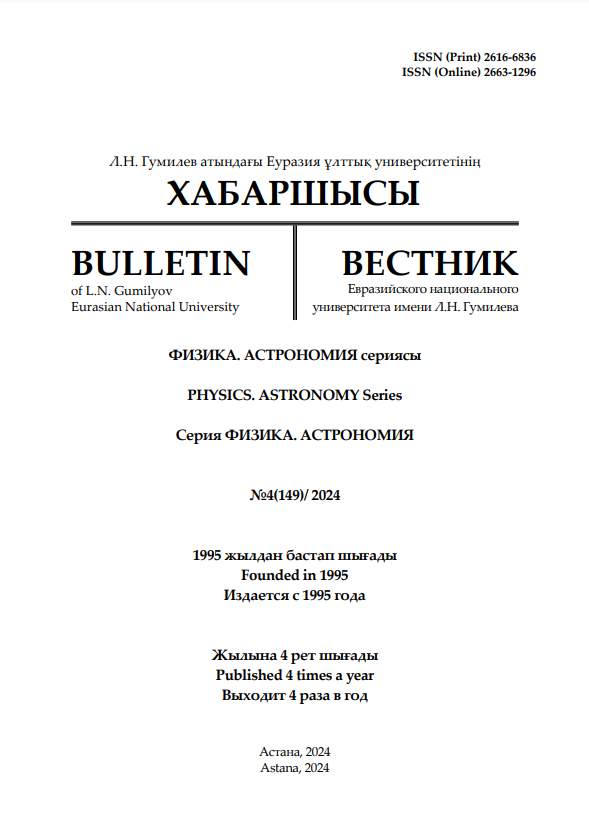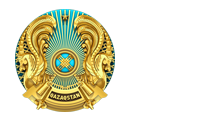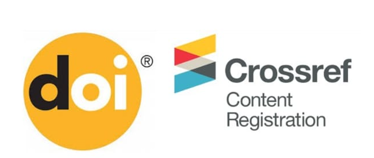Optimization of the injection dose of PET/CT 18F‑FDG for nuclear medicine in Kazakhstan based on the national diagnostic reference levels of 2024.
Views: 245 / PDF downloads: 158
DOI:
https://doi.org/10.32523/2616-6836-2024-149-4-8-21Keywords:
radiation technologies, ionizing radiation source, isotope laboratory, effective dose, equivalent dose, radiopharmaceutical, PET-CTAbstract
The use of 18F-2-fluoro-2-deoxy-D-glucose (18 F-FDG) (PET/CT) is useful for the functional diagnosis of neoplastic lesions, determining the stage of cancer and detecting metastases. Recently, it has become increasingly important to monitor effective radiation exposure to the patient without compromising image quality due to an increase in the number of PET/CT procedures. Modern medical radiation technologies, including the use of radiopharmaceuticals, are widely used today. It should be noted that these technologies themselves have undergone significant evolution in the direction of improving radiation safety. But if radiation technologies are constantly being improved, then approaches in the field of control and regulation of activities with ionizing radiation sources retain a high degree of conservatism. In this paper, the ways to improve the issues of regulation and regulation of activities in the use of ionizing radiation sources are substantiated. The purpose of the study is to conduct a radiation-hygienic assessment of working conditions in PET centers and develop proposals for improving regulatory requirements, taking into account the features of modern technologies.










